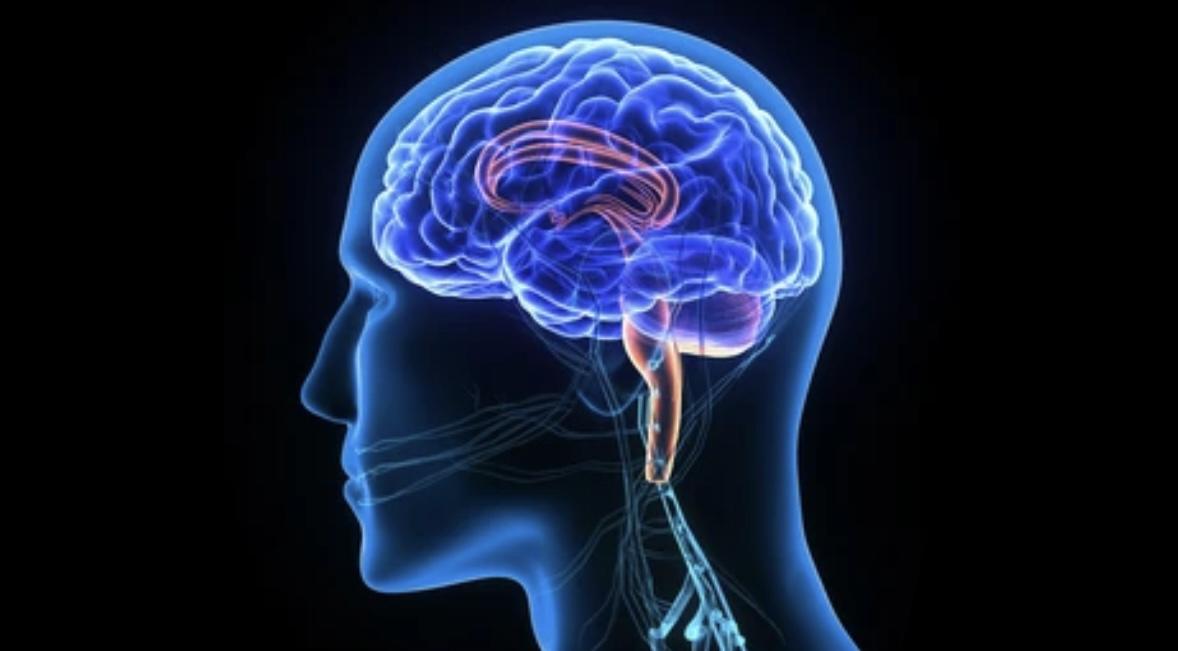
The Cerebral Checkmate: Unraveling the Neuroscience of Chess
Chess transcends its status as a mere game, evolving into a rich study of the human brain in action. Within the confines of the 64 squares, players embark on a journey that challenges their cognitive capabilities, strategic foresight, and mental endurance.
This exploration delves into the fascinating intersection of neuroscience and chess, uncovering how this ancient game impacts and is reflected in the intricate workings of the human mind.
As pawns move and knights jump, a complex neural ballet unfolds, highlighting the game’s role as a live laboratory for understanding cognitive processes. Chess becomes a mirror reflecting the marvels of the brain, from problem-solving and planning to memory and creativity. It’s in this context that we explore the neural underpinnings of chess mastery and its implications for cognitive science.
Advanced neuroimaging has illuminated the brain’s response during intense chess play. The frontal lobes, pivotal for critical thinking and decision-making, engage fervently as players evaluate their options. Simultaneously, the parietal lobes, which oversee spatial awareness and planning, come alive, mapping out the battlefield ahead. This neural activity demonstrates not just the game’s complexity but also its capacity to stimulate cognitive growth and flexibility.
Chess demands not only the strategic application of rules and patterns but also the ability to adapt and innovate. Grandmasters exemplify this, showcasing enhanced neural efficiency in areas associated with long-term memory and pattern recognition. This efficiency suggests a profound transformation: what begins as conscious calculation and memorization becomes intuitive understanding, a testament to the brain’s remarkable adaptability.
Moreover, the relentless push and pull of the game provide a fertile ground for studying memory systems. Players store and retrieve an immense database of game patterns and strategies, tapping into both episodic and procedural memory. This dual engagement with memory types offers insights into how expertise develops in the brain, revealing the neural pathways that are strengthened through repeated practice and play.
The enduring intrigue of chess in neuroscience lies in its dual nature as both an art and a science. It challenges the mind to navigate an endless sea of possibilities with creativity and logic, engaging the brain in a comprehensive workout. Beyond the joy and competition it fosters, chess serves as a powerful tool for understanding human cognition, offering a window into the processes that drive learning, memory, and strategic thinking.
In conclusion, the journey through the neuroscience of chess opens up broader questions about the nature of intelligence, expertise, and the potential for cognitive enhancement. As we uncover more about how chess affects the brain, we also gain valuable insights into the general principles of neural plasticity and cognitive development. Chess is not just a game of strategy but a key to unlocking the mysteries of the human mind.